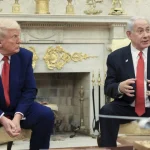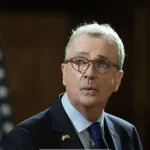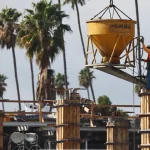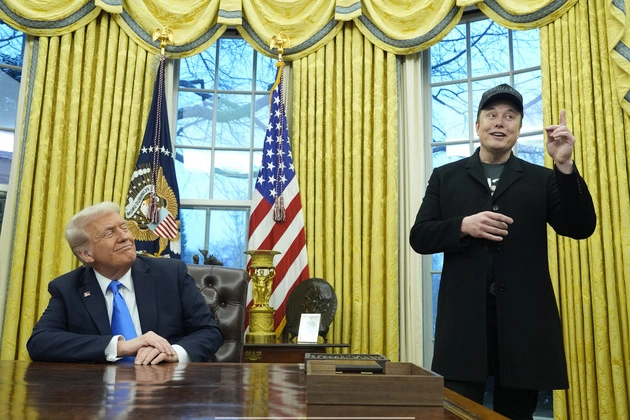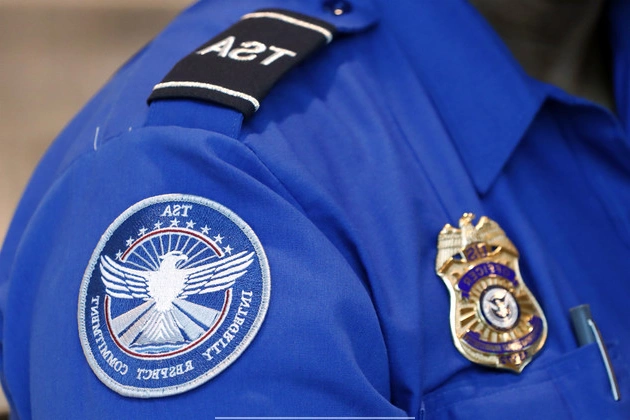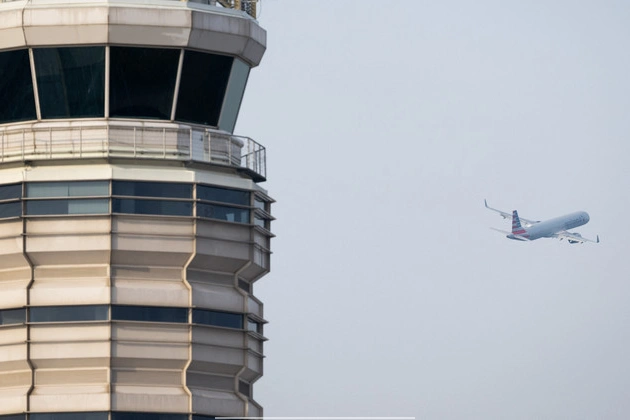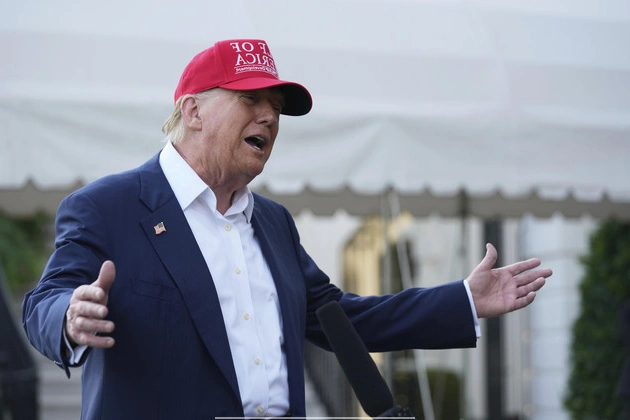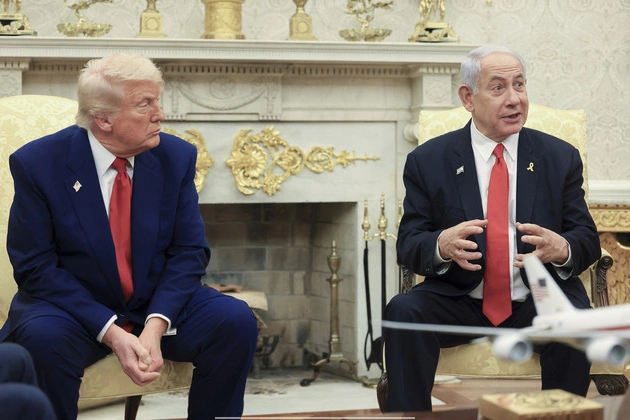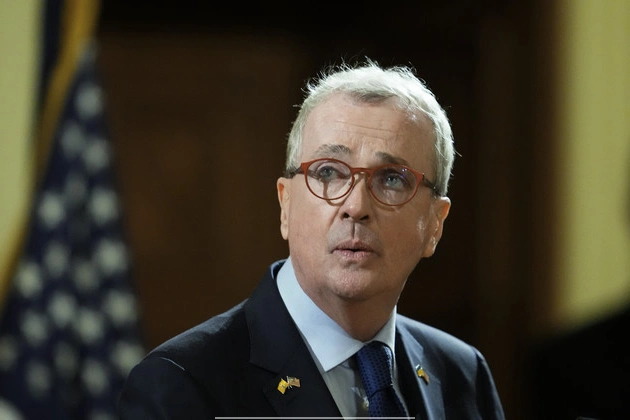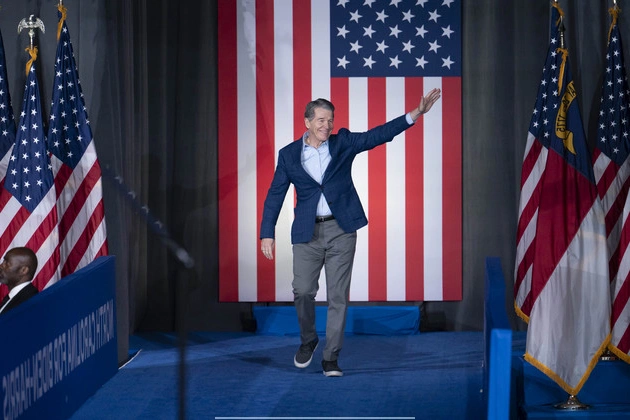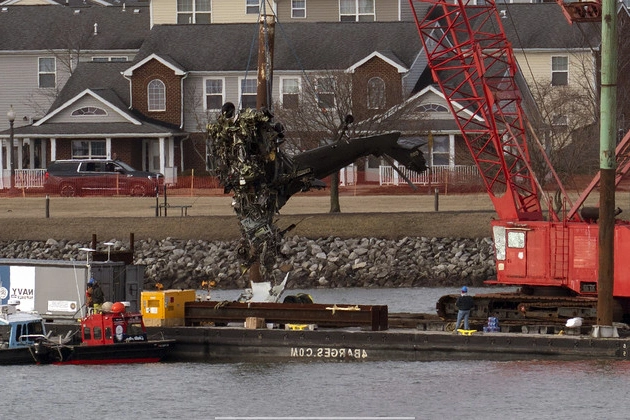
Lawmakers are increasingly worried about the safety implications of helicopter traffic intersecting with commercial planes near Ronald Reagan Washington National Airport. The recent collision between a PSA Airlines jet and a U.S. Army Black Hawk helicopter has raised significant questions about the routes military helicopters follow in the vicinity of the airport.
The Concerns and Calls for Scrutiny
Rep. Troy Nehls (R-Texas), the House aviation subcommittee chair, expressed bewilderment at the presence of military helicopters navigating congested airspace along the Potomac River during nighttime check rides. Other lawmakers, including Sen. Mark Warner (D-Va.), have also highlighted the need for closer examination of helicopter operations near the busy airport.
Anonymous pilot reports in a NASA database have underscored longstanding concerns regarding helicopter activities around the airport. Questions linger about the altitude at which the involved helicopter was flying during the tragic incident that claimed 67 lives. Past near-miss incidents and reports of inadequate communication with air traffic control have further fueled apprehensions.
Calls for Enhanced Safety Measures
Sen. Ted Cruz, chair of the Commerce Committee, has urged the Federal Aviation Administration (FAA) to assess and potentially revise helicopter routes around major commercial airports to bolster safety. In response to the recent tragedy, the FAA has imposed temporary restrictions on helicopter traffic near Reagan National, pending the NTSB’s investigative findings.
Former Black Hawk pilots, such as Sen. Tammy Duckworth (D-Ill.) and Bradley Bowman, have offered insights into the challenges posed by existing helicopter routes and the necessity of evaluating their alignment with aviation safety standards. Efforts are underway to address the complex interplay between military, commercial, and general aviation traffic in the region.
Proposed Reforms and Future Outlook
Discussions within the FAA about permanent restrictions on certain helicopter routes near the airport reflect ongoing deliberations on balancing operational needs with safety considerations. The potential divergence of views between defense and aviation authorities underscores the intricate decision-making processes ahead.
As investigations continue and recommendations emerge, the aviation community anticipates potential reforms in helicopter altitude restrictions, route scheduling, and pilot qualifications. The collaborative efforts of regulatory bodies, lawmakers, and industry stakeholders aim to enhance air traffic management and mitigate risks associated with helicopter operations in densely populated airspace.
Conclusion
The evolving discourse on helicopter safety and air traffic management in Washington D.C. underscores the imperative of proactive measures to safeguard aviation operations and uphold passenger safety. As stakeholders navigate the complexities of regulatory oversight and operational imperatives, the pursuit of enhanced safety standards remains paramount in ensuring the seamless coexistence of diverse aerial activities.

